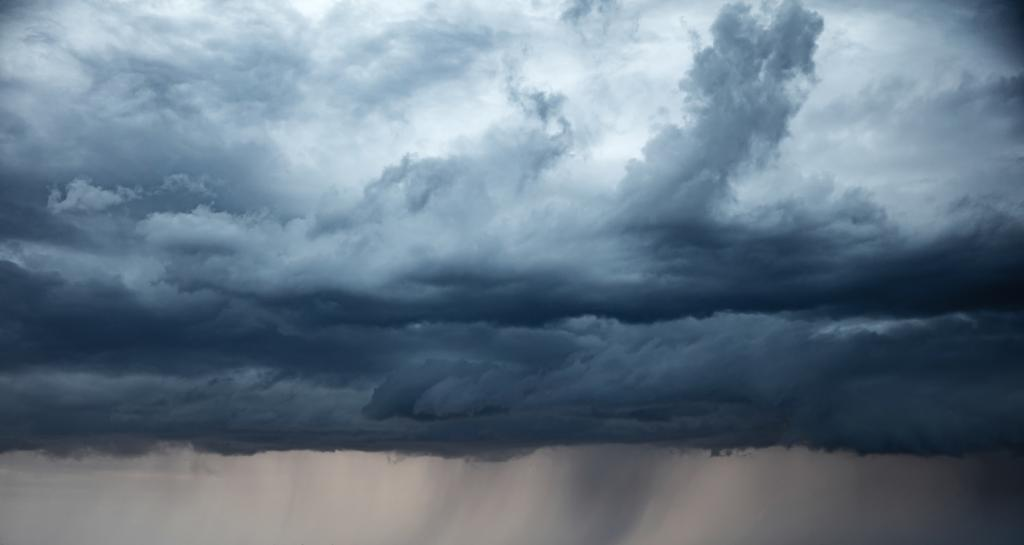Description

Copyright infringement not intended
Picture Courtesy: https://www.downtoearth.org.in/news/africa/after-hidaya-now-cyclone-laly-strikes-east-africa-two-dead-dozens-injured-in-kenya-somalia-96322
Context: Cyclone Laly, a rare occurrence in the latitude range it struck, has caused widespread destruction in East Africa.
Cyclone Laly's Impact
- Cyclone Laly, a rare occurrence in its latitude range, wreaked havoc in East Africa, striking barely two weeks after Cyclone Hidaya.
- The cyclone resulted in two fatalities in Kenya and impacted numerous individuals in Somalia.
- Strong winds, heavy rain, and high waves caused widespread destruction, including the destruction of school buildings in Kenya and the disruption of essential services such as electricity and water supply.
Cyclone
- Cyclones are large-scale systems of winds that circulate around a central region of low atmospheric pressure.
- They are characterised by inward-spiralling winds that rotate counterclockwise in the Northern Hemisphere and clockwise in the Southern Hemisphere.
- Cyclones can form over both land and water but are most commonly associated with tropical regions and warm ocean waters.

Formation
- Cyclones typically form over warm ocean waters where the sea surface temperature is at least 26.5°C.
- The warm water provides the energy needed to fuel the storm. Cyclones begin as clusters of thunderstorms that organise and intensify under the right atmospheric conditions.
Stages of Development
- Tropical Disturbance: This is the initial stage where clusters of thunderstorms develop over warm ocean waters.
- Tropical Depression: As the system becomes more organised with sustained winds below 39 mph, it is classified as a tropical depression.
- Tropical Storm: When wind speeds reach between 39 mph and 73 mph, the system is upgraded to a tropical storm and is given a name.
- Hurricane/Typhoon/Cyclone: If the wind speeds exceed 74 mph, the system is classified as a hurricane (in the Atlantic and Northeast Pacific), a typhoon (in the Northwest Pacific), or a cyclone (in the South Pacific and Indian Ocean).
- Structure: A mature cyclone typically consists of an eye at the centre, surrounded by an eyewall where the strongest winds and heaviest rainfall occur. The eyewall is surrounded by spiral rainbands, which are bands of clouds and thunderstorms that spiral inward towards the centre.
Effects
- Strong Winds: Cyclones are known for their powerful winds, which can cause significant damage to buildings, infrastructure, and vegetation.
- Heavy Rainfall: Cyclones often produce heavy rainfall, leading to flooding and landslides.
- Storm Surge: The low atmospheric pressure and strong winds of a cyclone can cause a storm surge, which is a rapid rise in sea level that can inundate coastal areas.
- Secondary Hazards: Cyclones can also lead to secondary hazards such as power outages, disruption of transportation networks, and waterborne diseases in the aftermath of flooding.
- Tracking and Prediction: Meteorologists use various tools, including satellites, radar, aircraft reconnaissance, and computer models, to track and predict the path and intensity of cyclones. This information is crucial for issuing warnings and making preparations to mitigate the impacts of the storm.
|
Cyclones are given names for easier identification in communication and media coverage. Different regions have their own naming conventions. For example, the World Meteorological Organization maintains lists of names for cyclones in various basins around the world.
|
Conclusion
- Cyclones are powerful and complex weather systems that can have significant impacts on both human communities and the environment. Understanding their formation, structure, and behaviour is crucial for preparedness and response efforts to minimise their impact on vulnerable populations.
Must Read Articles:
Cyclone Hidaya
Source:
Down to Earth
Wikipedia
|
PRACTICE QUESTION
Q. Consider the following statements:
Statement 1: Cyclones weaken rapidly once they make landfall.
Statement 2: Land interaction disrupts the warm water supply to cyclones, leading to their weakening.
Which one of the following is correct in respect of the above statements?
A) Both Statement-1 and Statement-2 are correct and Statement-2 is the correct explanation for Statement-1
B) Both Statement-1 and Statement-2 are correct and Statement-2 is not the correct explanation for Statement-1
C) Statement-1 is correct but Statement-2 is incorrect
D) Statement-1 is incorrect but Statement-2 is correct
Answer: A
|
















